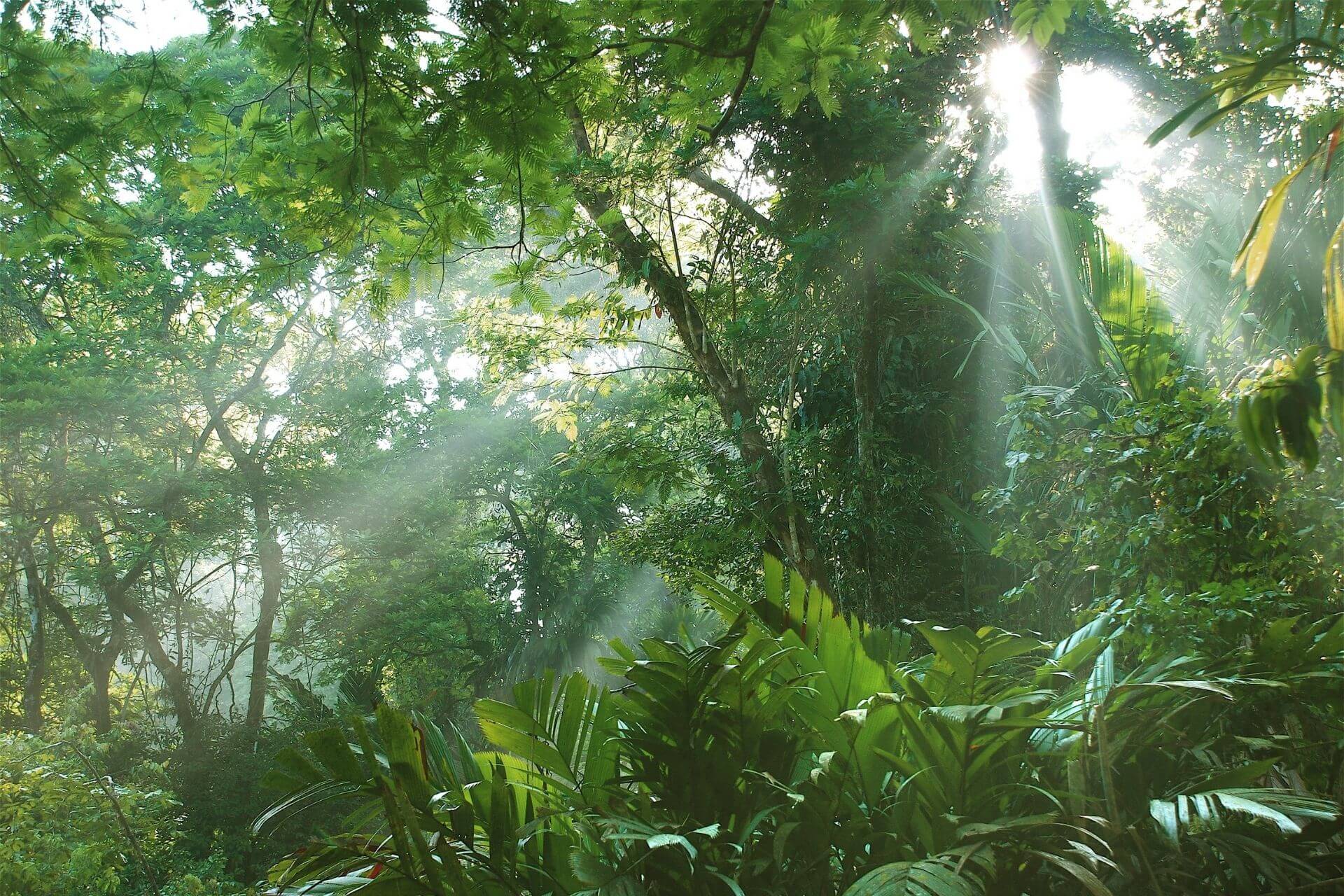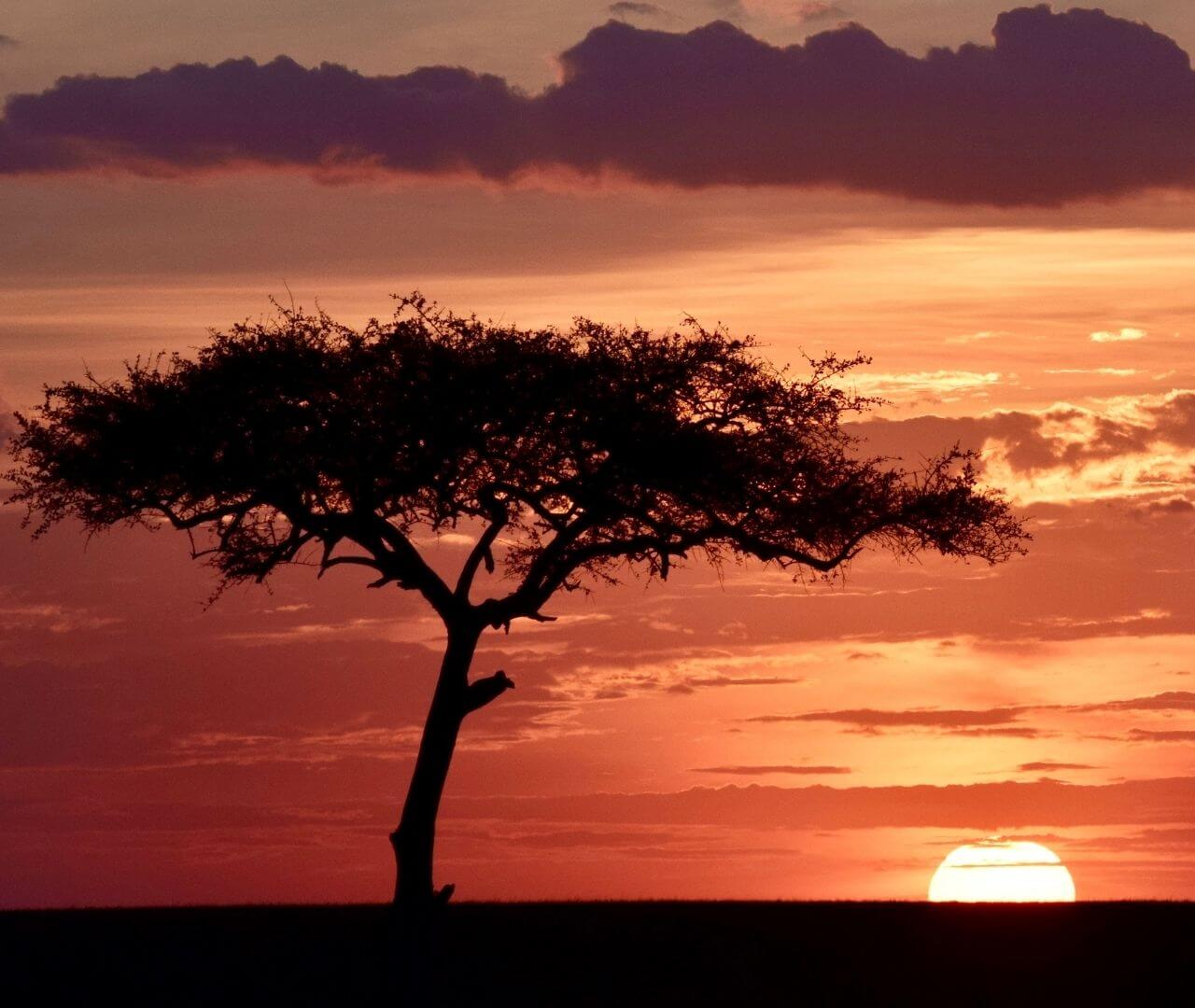Ecosystems Overview

What Is an Ecosystem?
Word of the Week
Ecosystem
Ecosystems are areas defined by the living and nonliving factors found there and how they interact.
Rainforests, deserts, and tundras are all examples of ecosystems.
BRAIN BLAST
What ecosystem do you live in? What types of biotic and abiotic factors are found in your ecosystem?
Mountain Lion | Puma concolor
Species Spotlight
Mountain lions are the second largest cat in the Americas (jaguars are the largest!). They live in many different types of ecosystems, including forests, grasslands, swamps, and even rocky mountainsides. They can live in any environment as long as it has two important features: lots of prey animals, like deer, rabbits, and raccoons, and places to hide so they can ambush, or sneak up on, their prey. They use their strong sense of sight, smell, and hearing to find their prey. Their soft paw pads help them walk quietly and their sharp teeth and claws take care of the rest!
Mountain lions have a huge range across both North and South America. People living in the different parts of their range gave them a different name, so they can be called pumas, cougars, panthers, catamounts, or many others depending on where you are. Due to habitat loss and hunting, their populations have been almost entirely wiped out of the eastern part of the United States. There is one small population found in Florida where they are called “Florida panthers.” No other animal in the world has as many names as the mountain lion!
Conservation Corner
Cleaning Up Your Ecosystem
When we think of ecosystems, we often think of places far, far away. However, we all are part of the ecosystems where we live! There are many things you can do right at home to help protect your ecosystem and even ecosystems on the other side of the world. Many of us have heard of the phrase "reduce, reuse, recycle," but did you know that they are supposed to be done in order?
1. Reduce
The first way you can help the environment is by reducing the things you buy! If you don't buy it, you won't have to throw it away.
2. Reuse
If you do have to buy the item, is there a way you can reuse it instead of throwing it away? Buying items secondhand is a great way to reuse someone else's item.
3. Recycle
If there is no way for you to reuse the item, see if you can recycle it! Even if you can't recycle it at home, a recycling center near you may accept it.
Organizing Ecosystems
Determine if each statement below is true or false.
Ecosystems Challenge
Build Your Own Ecosystem
It is time to get creative and design a brand new type of ecosystem. Be sure to think about what...
- What plants and animals live there?
- What is the weather like?
- What abiotic factors exist?
- How do the living and nonliving things interact?
Glossary
Abiotic
A part of an ecosystem that is nonliving.
Ambush
A surprise attack.
Aquatic
An organism that lives entirely in water.
Biome
A large area of the planet that has a similar climate and similar plants and animals.
Biotic
A living organism.
Desert
An ecosystem that receives very little rain.
Ecosystem
An area of the planet filled with living and nonliving things that interact.
Habitat
An area where a plant or animal lives.
Ocean
A very large saltwater ecosystem that covers more than 70% of the planet.
Rainforest
An ecosystem that receives a large amount of rain and has trees that form a closed canopy.
Range
The area where an organism lives.
Sign Up for our Newsletter
Stay up to date with new adventures, live classes, deals, and more!

Helpful Resources
*Please note we do not offer refunds for EdZOOcating Adventures memberships. We recommend you explore the 3-day free trial prior to subscribing!*


